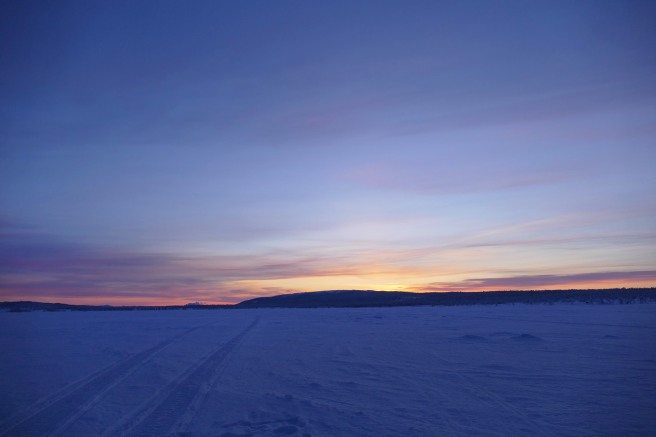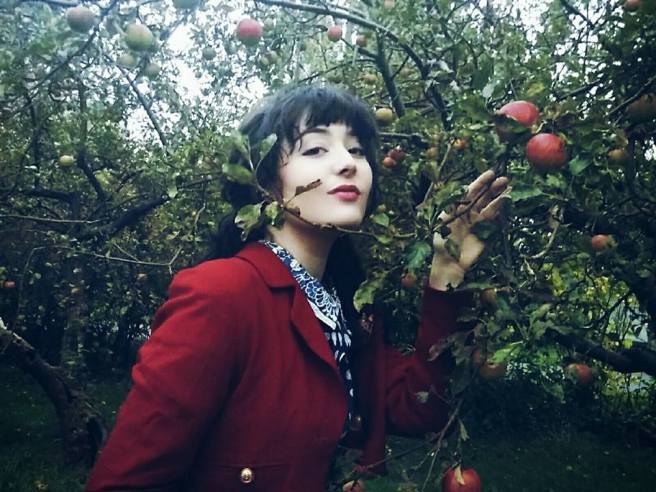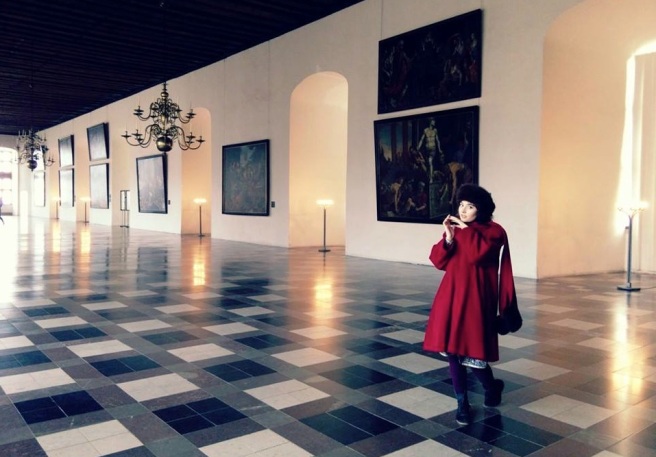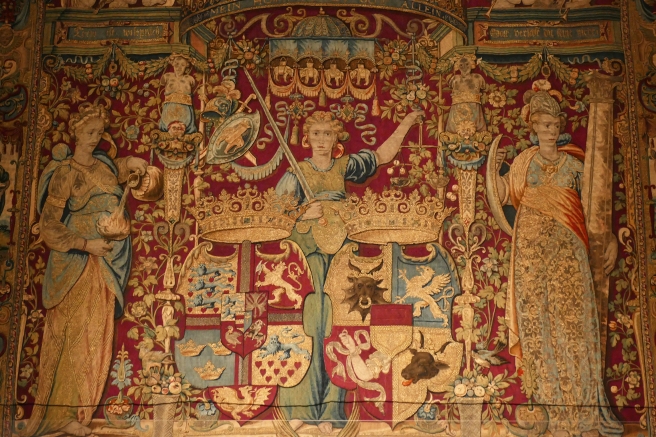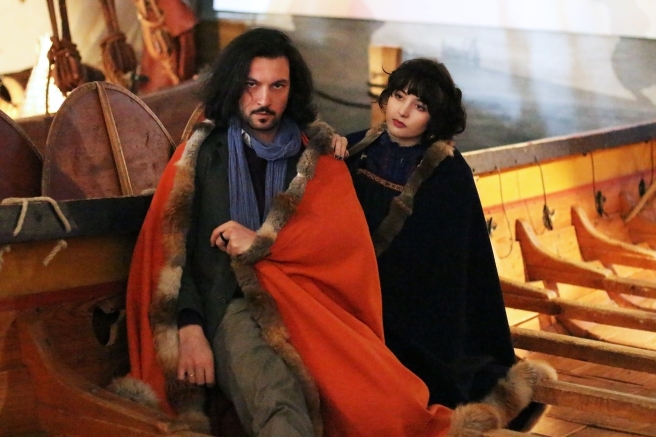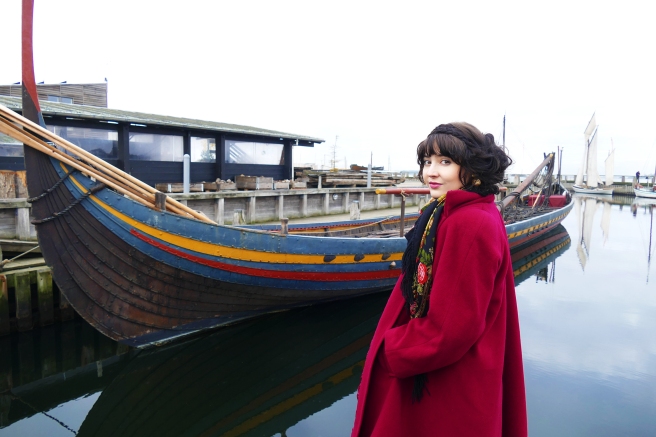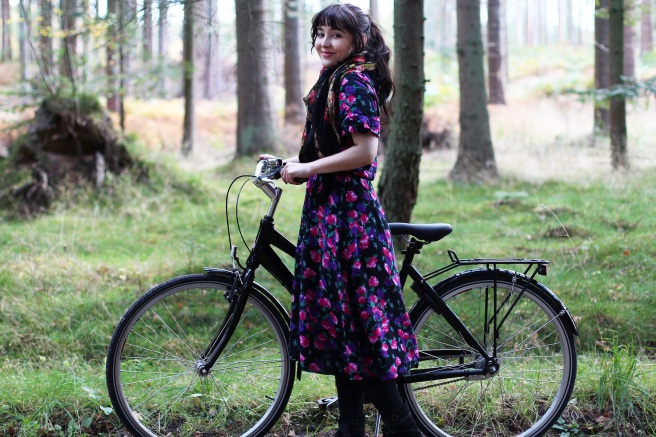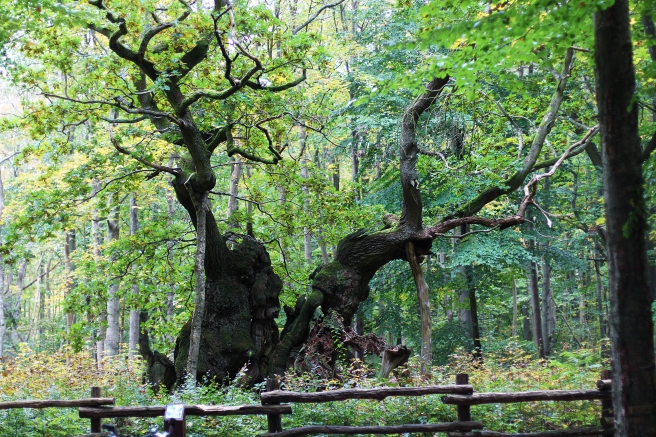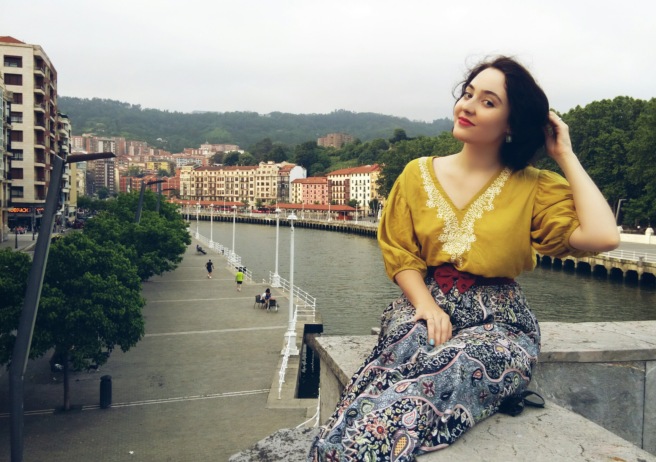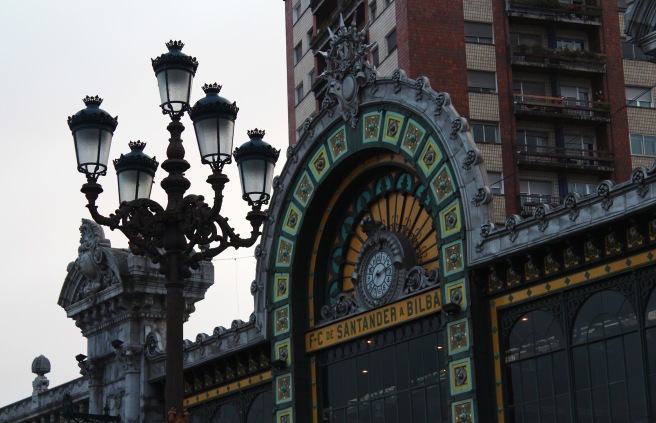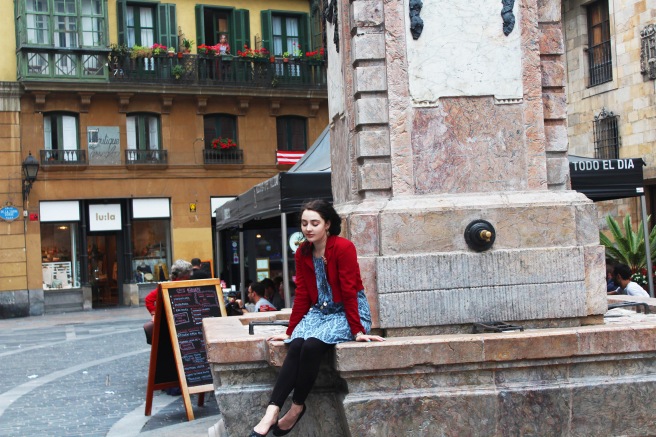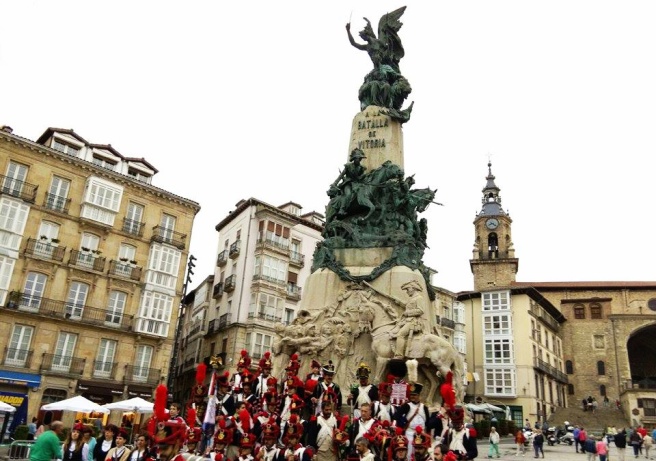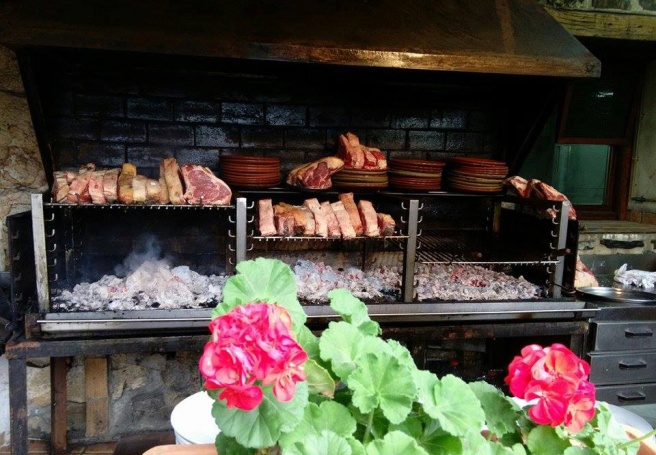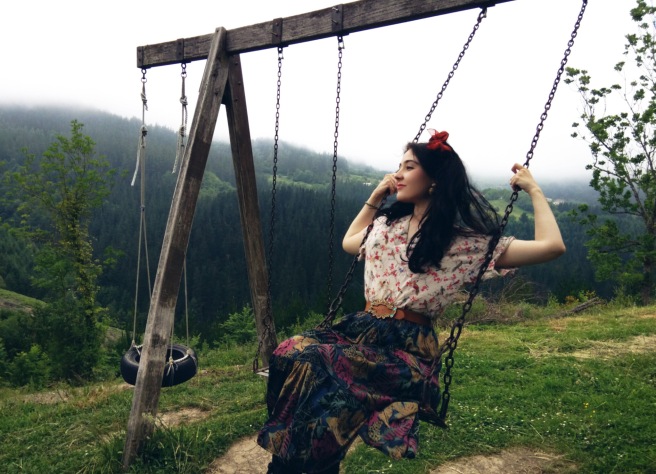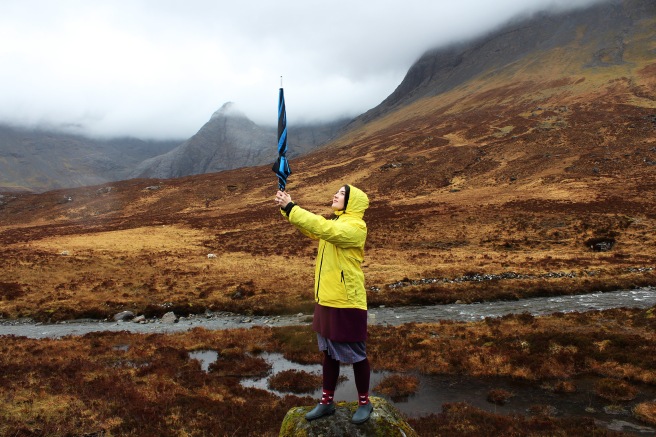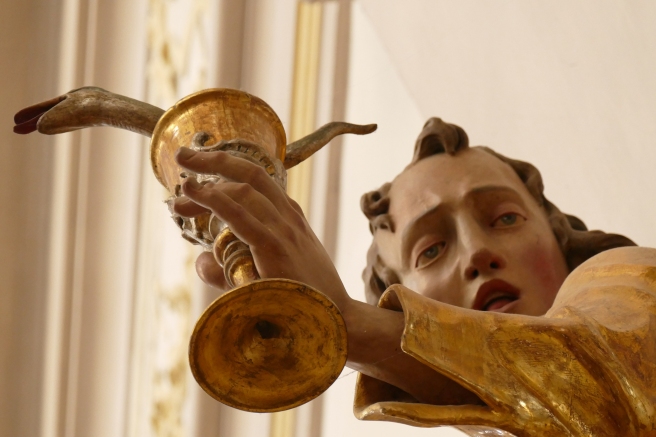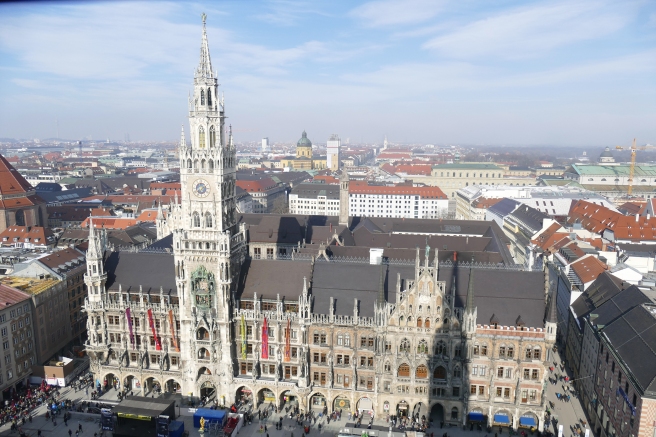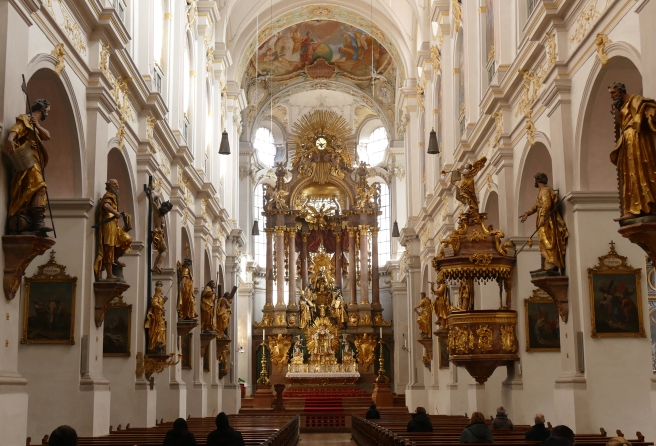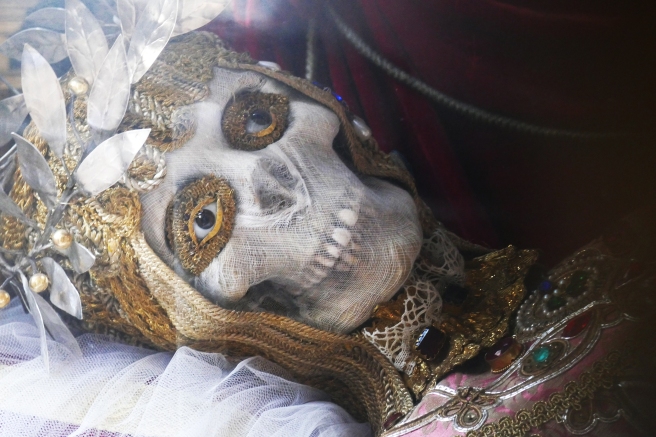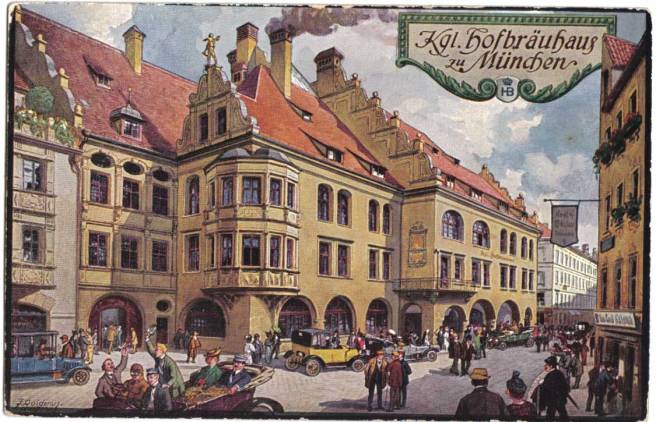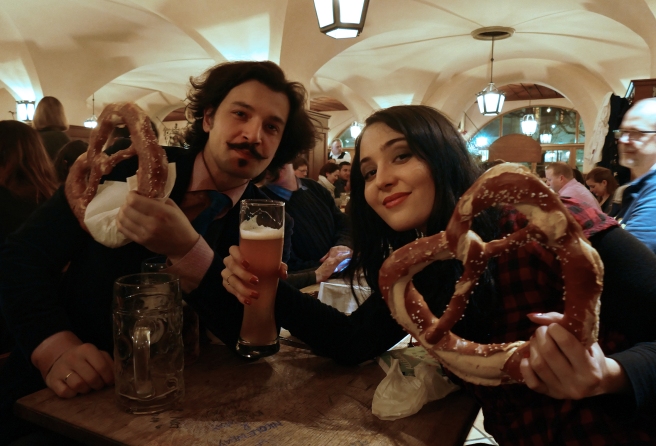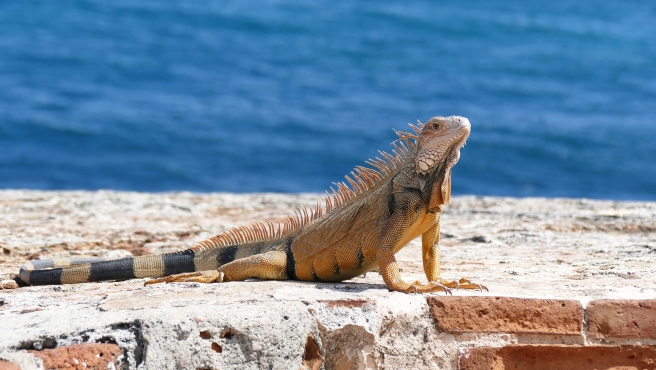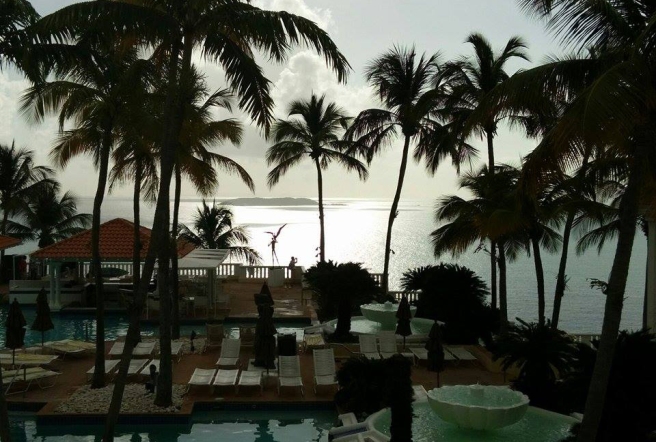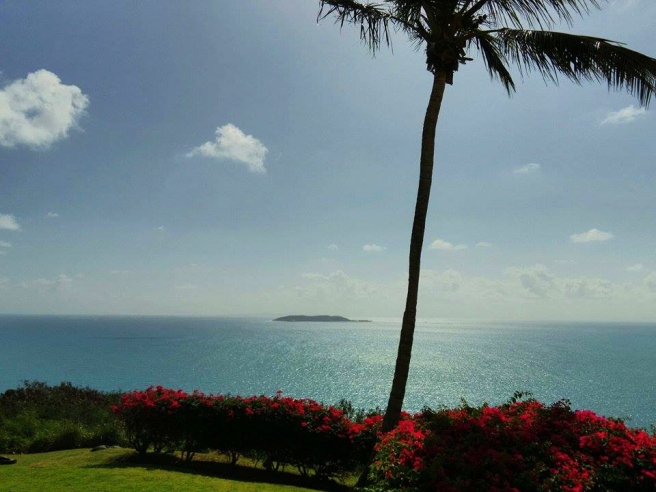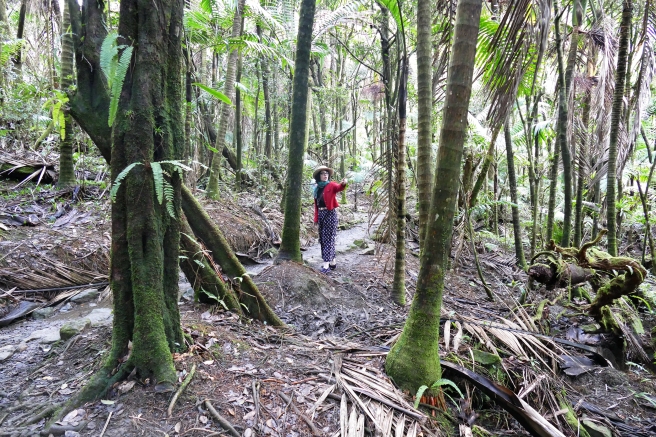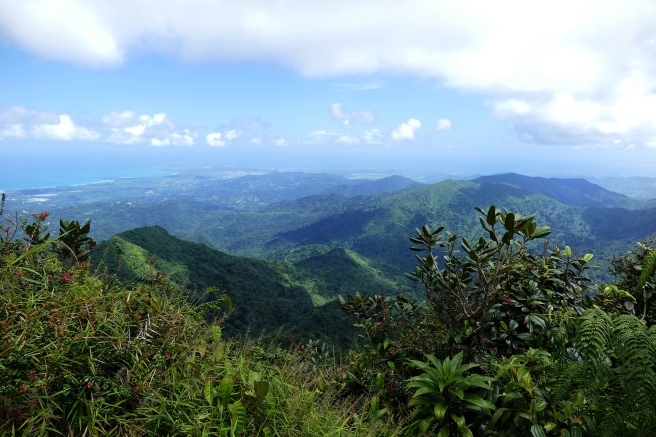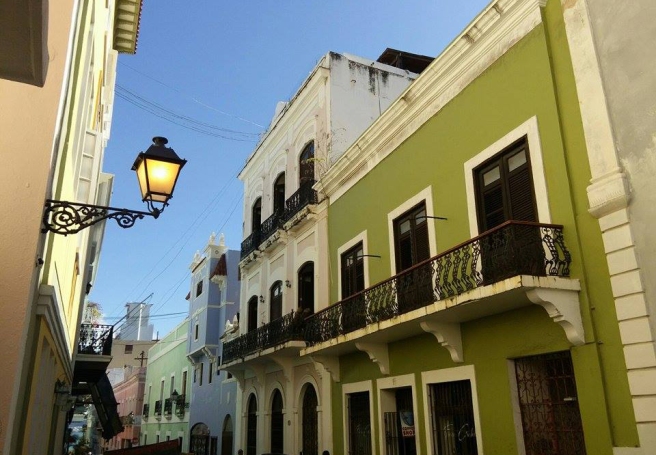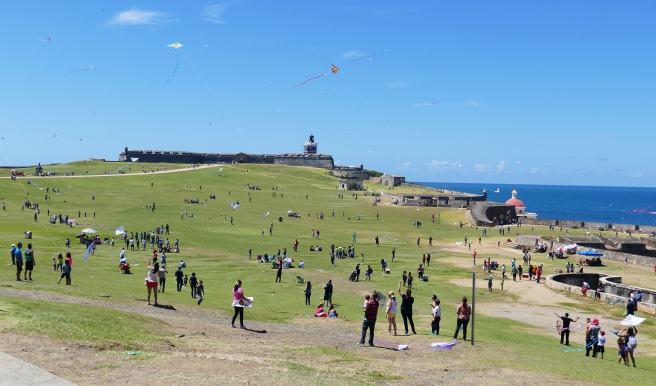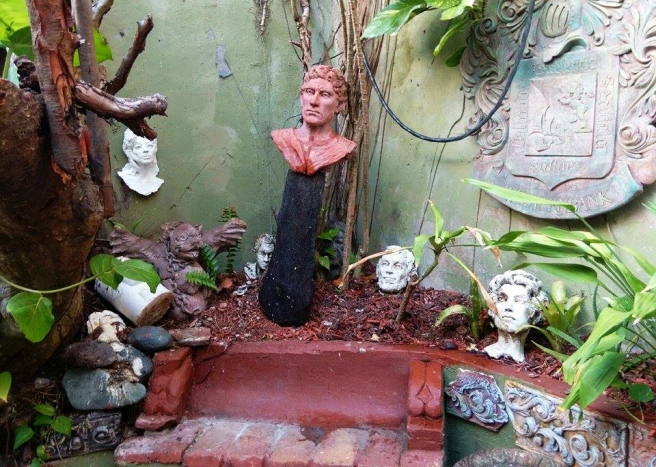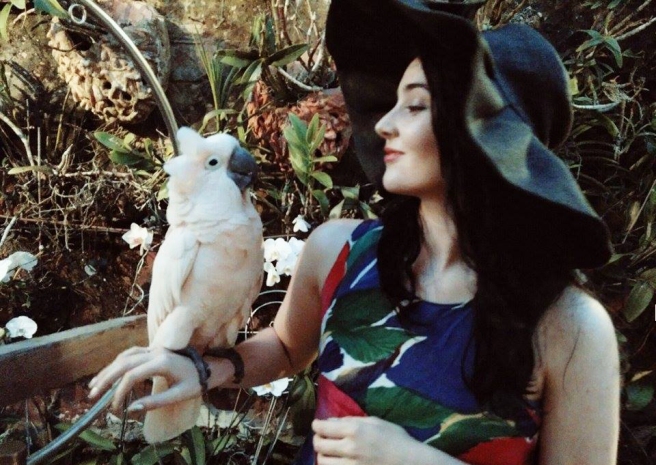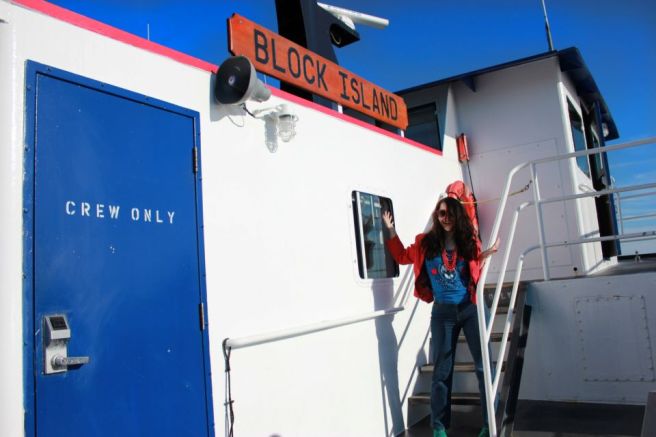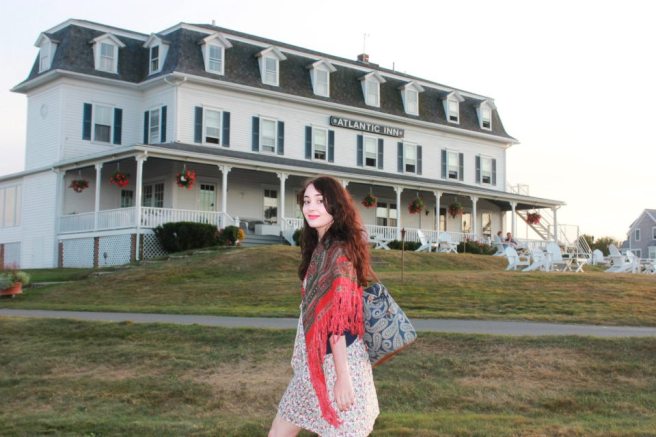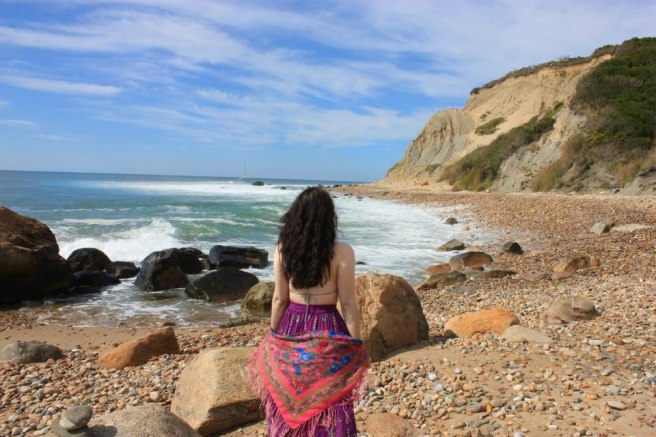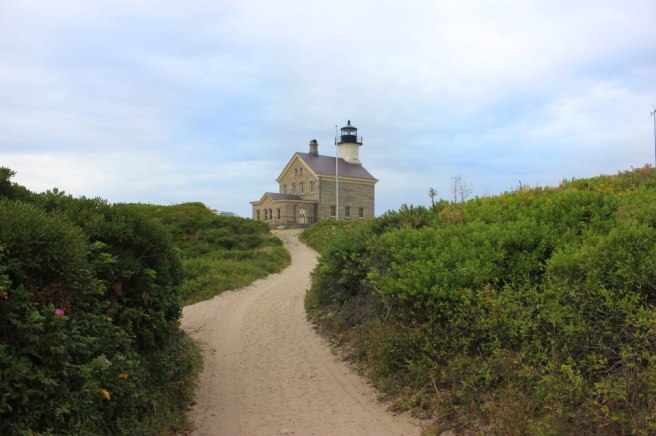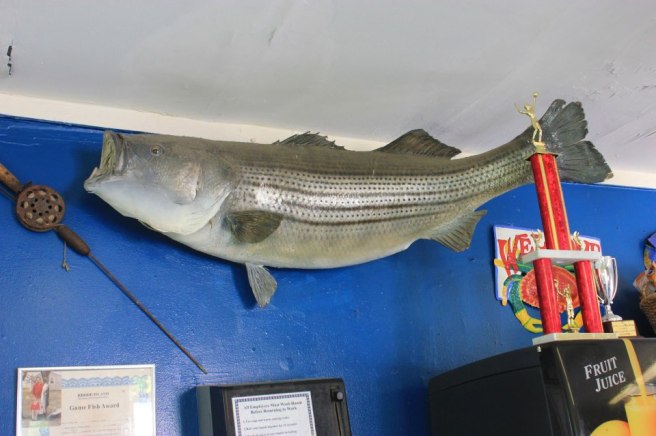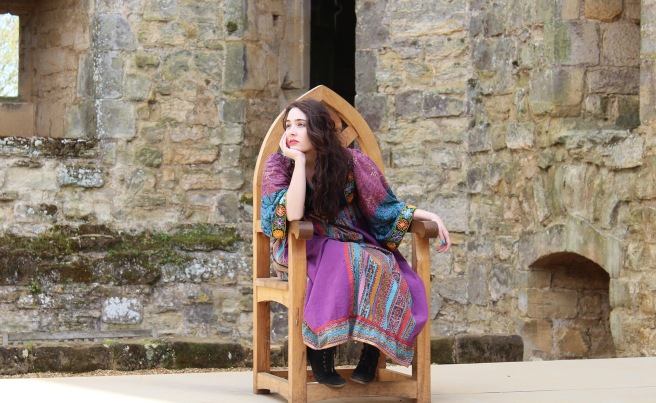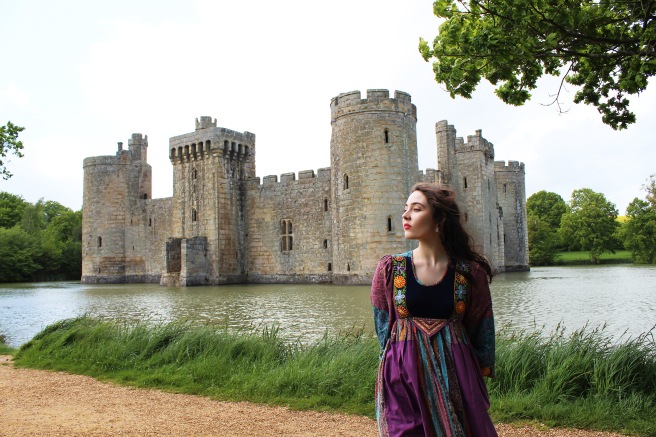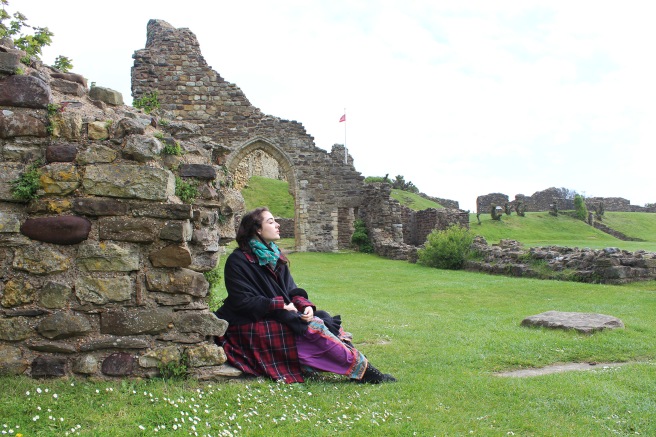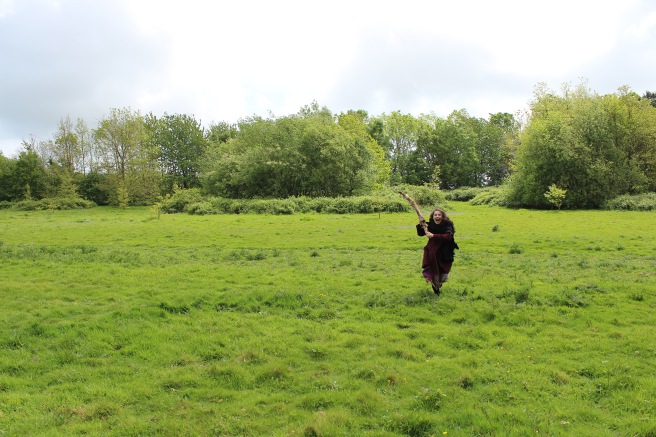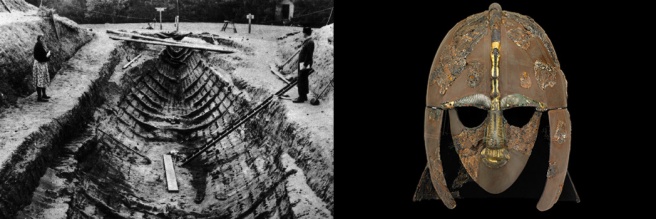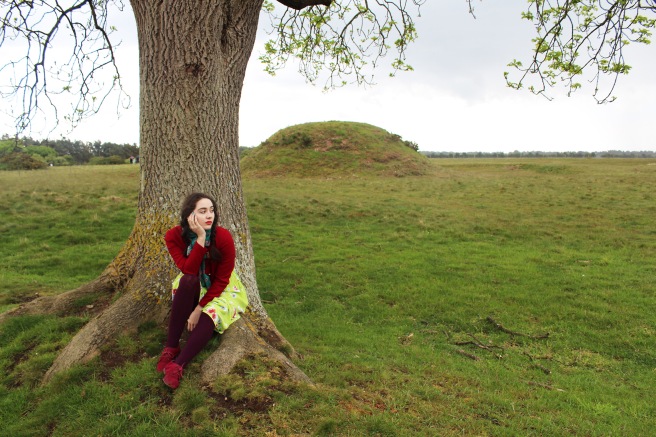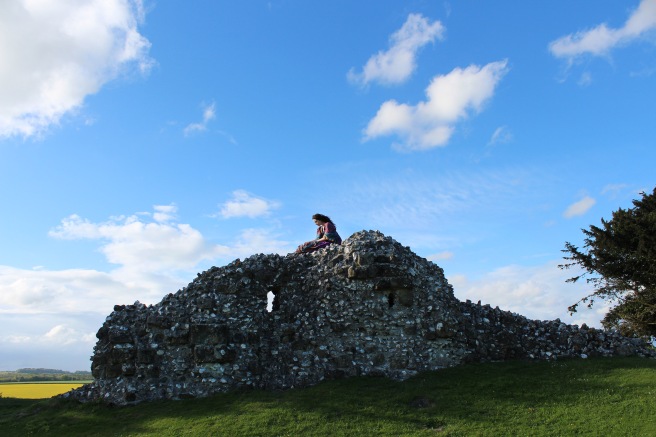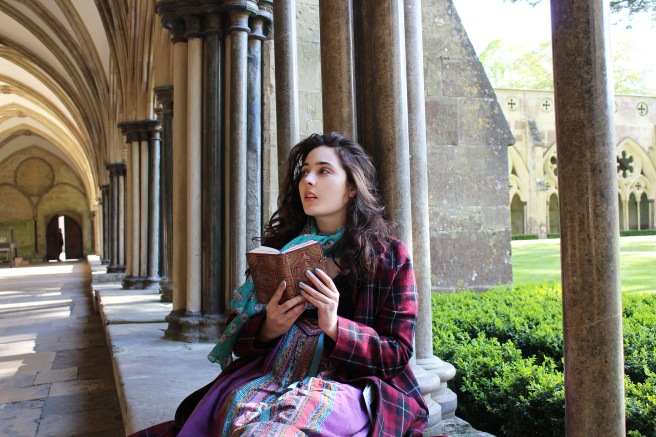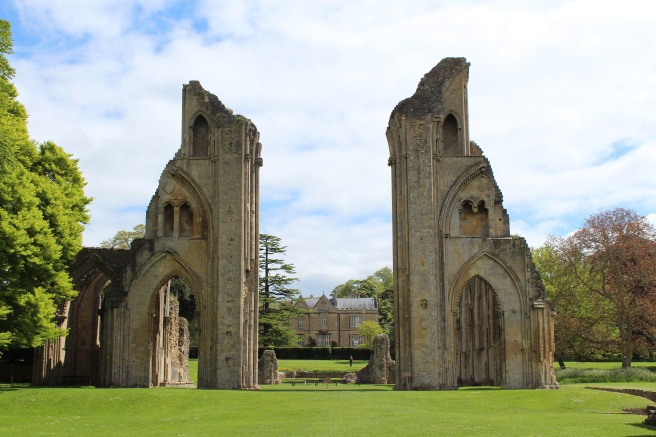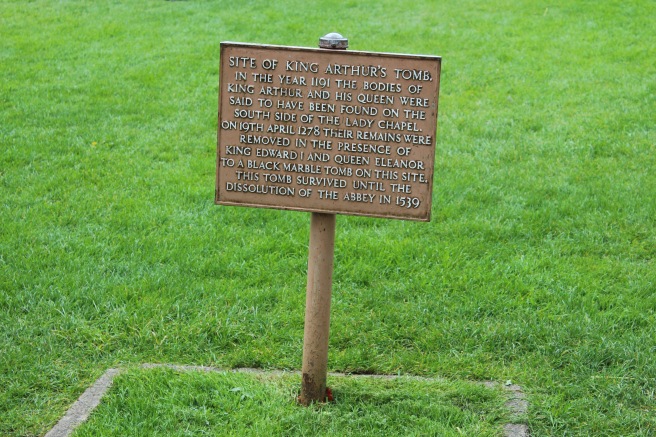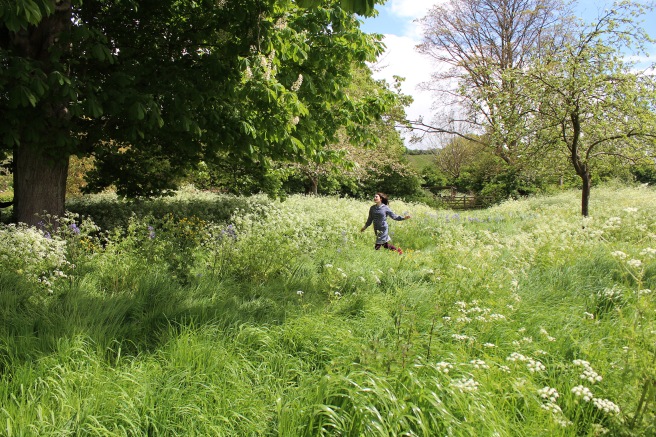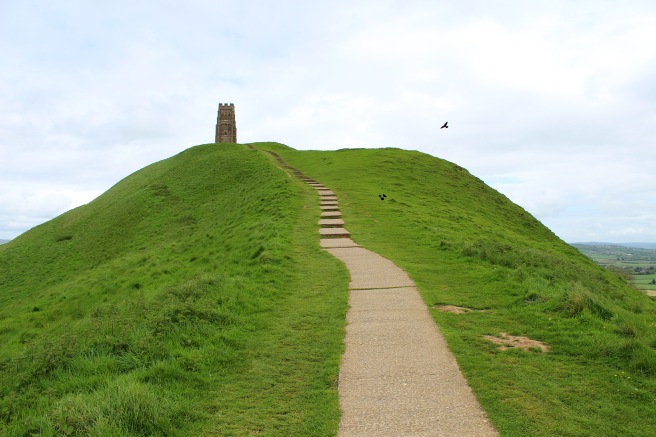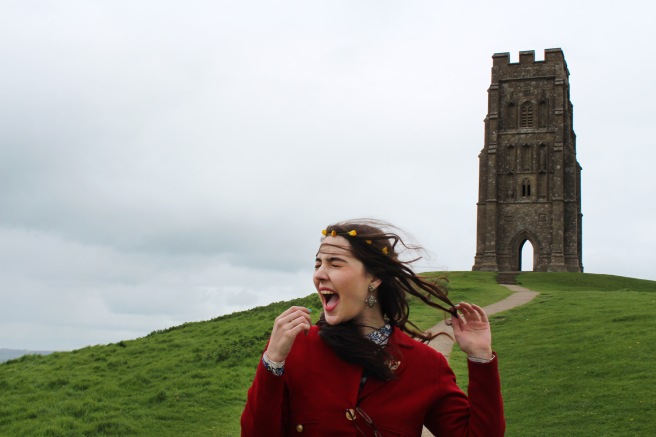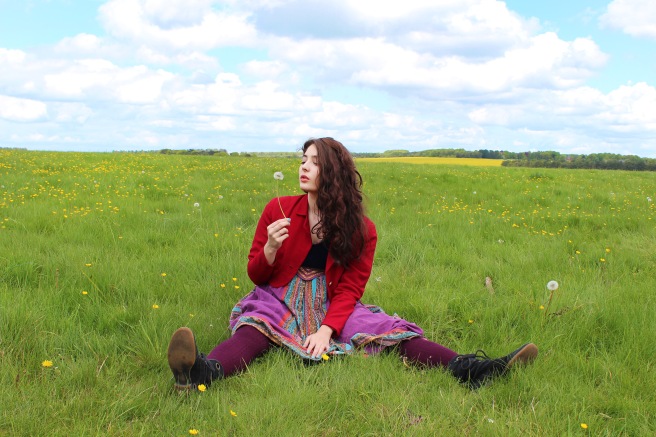 “Why are you doing this?” was the recurring question… from my mom, my friends, everyone. “Well, isn’t it obvious? It’s romantic!” I replied. “A long walk on the beach is romantic, being in the middle of nowhere by freezing temperatures is not, you’re crazy,” ok, so I’m crazy big deal, what’s new. But I maintain that it is romantic. Romantic in the literary sense, with images of frozen landscapes and eternal sunsets, reindeer meat smoked over a fire while sleddogs yap in the distance. Jack London, Nils Holgersson, Knud Rasmussen, great arctic explorers with nothing in view but white plains under white skies. I was not worried by the cold or the fact that I am a klutz with zero camping experience, dogsledding was a childhood fantasy I was going to fulfill no matter what. Maybe I should have worried a little more…
“Why are you doing this?” was the recurring question… from my mom, my friends, everyone. “Well, isn’t it obvious? It’s romantic!” I replied. “A long walk on the beach is romantic, being in the middle of nowhere by freezing temperatures is not, you’re crazy,” ok, so I’m crazy big deal, what’s new. But I maintain that it is romantic. Romantic in the literary sense, with images of frozen landscapes and eternal sunsets, reindeer meat smoked over a fire while sleddogs yap in the distance. Jack London, Nils Holgersson, Knud Rasmussen, great arctic explorers with nothing in view but white plains under white skies. I was not worried by the cold or the fact that I am a klutz with zero camping experience, dogsledding was a childhood fantasy I was going to fulfill no matter what. Maybe I should have worried a little more…
Kiruna, Arctic Outpost
The first book my father read to me was The Adventures of Nils Holgersson, by Swedish author Selma Lagerlöf, which was the steppingstone to a lifelong pursuit of literary happiness. My favorite character in the story was the head wild goose Akka who came from Kebnekaise, the mountain that towers over the city of Kiruna and the highest in Sweden. Arriving there in the noon sunset, flying over the majestic silver lands, made me feel like I was a wild goose myself. I almost forgot how afraid I am of flying… or how there was basically no landing strip, just solid snow.
 Kiruna is a very interesting place, the northernmost town in Sweden, founded in 1900 around the largest iron ore mine in the world, which provides work for most of the population. From the distance in the darkness, it looks like a massive cruise ship, wrecked on a hill, and leaves a rather eerie impression. Parts of the town have recently been destroyed and rebuilt, or sometimes simply moved, to follow the iron ore deposits. It is truly fascinating to me that humans would go and settle in such a remote and uncomfortable place: our capacity of adaptation never ceases to amaze me. It’s even more impressive to imagine that the indigenous Sami People have been living in the area for over 6000 years, braving the cold with nothing but reindeer skins and tents. And it is cold: on average -20°C (-6°F) in the winter. My very informed hipster friends told me it would be 25°C (75°F) over there, because of global warming, and that I would be “the last person to see snow in the Arctic Circle”. You betcha. It was -40°, my dear friends, because climate change actually makes this part of the world even colder. So, yeah, I saw plenty of snow.
Kiruna is a very interesting place, the northernmost town in Sweden, founded in 1900 around the largest iron ore mine in the world, which provides work for most of the population. From the distance in the darkness, it looks like a massive cruise ship, wrecked on a hill, and leaves a rather eerie impression. Parts of the town have recently been destroyed and rebuilt, or sometimes simply moved, to follow the iron ore deposits. It is truly fascinating to me that humans would go and settle in such a remote and uncomfortable place: our capacity of adaptation never ceases to amaze me. It’s even more impressive to imagine that the indigenous Sami People have been living in the area for over 6000 years, braving the cold with nothing but reindeer skins and tents. And it is cold: on average -20°C (-6°F) in the winter. My very informed hipster friends told me it would be 25°C (75°F) over there, because of global warming, and that I would be “the last person to see snow in the Arctic Circle”. You betcha. It was -40°, my dear friends, because climate change actually makes this part of the world even colder. So, yeah, I saw plenty of snow.
A Frozen Palace
Although Kiruna is a remote, extreme place, tourism is far from scarce, the town has been attracting mainly Scandinavian tourists since its founding, largely because of its surroundings which offer incredible natural sites practically untouched by the human hand. The Swedes are great with ecotourism and ensure that even the dumbest foreigners won’t soil and disrespect the grand Lappish grounds. Since 1990, a whole new fauna of tourists have been flocking to Kiruna to admire the magnificent IceHotel, the first of its kind in the world, basically a huge igloo with rooms decorated by international artists with various ice and snow sculptures, all more breathtaking than the next.
 The IceHotel is located in Jukkasjärvi, a village near Kiruna on the banks of the Torne River, from which the ice material for building the hotel is harvested every year. Although some might see it as a “tourist trap”, the mere fact that they go through all the trouble of creating this mesmerizing frozen palace just to see it all melt with the first rays of the April sun shows the amount of dedication and passion behind this very lucrative concept. The temperature of the hotel is kept around -5°C (23°F), which seems warm compared to outside, and though sleeping there did not tempt me one bit, I could imagine that, with the reindeer skins and all, the prospect of a pleasant night was not entirely out of the question. I never expected this place to be so moving, and yet my imagination was immediately captured by the tall sculptures that looked down at me. The IceHotel is truly a fairytale vision that conjures shadows of Norse gods in icy drinking-halls, roiled with mead in preparation for epic battles. I left there overflowing with energy and inspiration, ready to embark on my journey through the arctic wilderness.
The IceHotel is located in Jukkasjärvi, a village near Kiruna on the banks of the Torne River, from which the ice material for building the hotel is harvested every year. Although some might see it as a “tourist trap”, the mere fact that they go through all the trouble of creating this mesmerizing frozen palace just to see it all melt with the first rays of the April sun shows the amount of dedication and passion behind this very lucrative concept. The temperature of the hotel is kept around -5°C (23°F), which seems warm compared to outside, and though sleeping there did not tempt me one bit, I could imagine that, with the reindeer skins and all, the prospect of a pleasant night was not entirely out of the question. I never expected this place to be so moving, and yet my imagination was immediately captured by the tall sculptures that looked down at me. The IceHotel is truly a fairytale vision that conjures shadows of Norse gods in icy drinking-halls, roiled with mead in preparation for epic battles. I left there overflowing with energy and inspiration, ready to embark on my journey through the arctic wilderness.
The Boreal Forest
This trip to the Arctic was really planned on a whim in just a couple of days. I contacted the people at Kiruna Sleddog Tours and basically said “I have no idea what I am doing and what to expect, just take care of me for three days” and they did just that. For a girl who has no experience with the rough outdoors, this was taking a big risk. We were assigned a guide, Sam the Australian musher, and it was going to be just him and the two of us in the boreal forest. He first took us to the base and gave us extra-warm clothing so we would survive the intense temperatures, and quickly we were on our way, snowmobiling in complete darkness through the taiga towards our wooden camp. I was pretty scared of the snowmobile at first and Sam tried to reassure me “it’s easier than driving a car“… well I sure hope so, I don’t drive. “Oh… well, it’s like a bicycle then“… nope, no luck there either, I can’t ride. Sam vigorously laid his two gloved paws on my shoulders, gave me a little shake and said “good luck, snow princess“.
 I am proud to say now that a snowmobile is officially the only machine I can handle. I actually got pretty good at it, though I kept my speed reasonably safe. Snowmobiles are very heavy and it is not always easy to stay on the tracks… and if you don’t, you get stuck in the high snow. I believe I left the outline of my sumo-like figure somewhere in the wilderness. I actually drove past it the next day in shame, it was still there. We spent the night in the heart of the forest in a small cabin with no water and no electricity, but with great service, because Sweden is awesome. We did have a small wood stove which almost kept me warm through the night. Unfortunately there was no bathroom, but I’ll generously spare you the details. We awoke the next day in the subdued light of the arctic sunrise, surrounded by frozen trees and shimmering snow. We were offered an iconic breakfast of Kalles Kaviar (fish roe paste in a tube) with melted cheese on Swedish flatbread. I had prepared myself not to gag, but it was actually delicious and I am sad I didn’t bring some back with me. It was perfect heavy food to fight off the cold and send us off to explore our surroundings.
I am proud to say now that a snowmobile is officially the only machine I can handle. I actually got pretty good at it, though I kept my speed reasonably safe. Snowmobiles are very heavy and it is not always easy to stay on the tracks… and if you don’t, you get stuck in the high snow. I believe I left the outline of my sumo-like figure somewhere in the wilderness. I actually drove past it the next day in shame, it was still there. We spent the night in the heart of the forest in a small cabin with no water and no electricity, but with great service, because Sweden is awesome. We did have a small wood stove which almost kept me warm through the night. Unfortunately there was no bathroom, but I’ll generously spare you the details. We awoke the next day in the subdued light of the arctic sunrise, surrounded by frozen trees and shimmering snow. We were offered an iconic breakfast of Kalles Kaviar (fish roe paste in a tube) with melted cheese on Swedish flatbread. I had prepared myself not to gag, but it was actually delicious and I am sad I didn’t bring some back with me. It was perfect heavy food to fight off the cold and send us off to explore our surroundings.
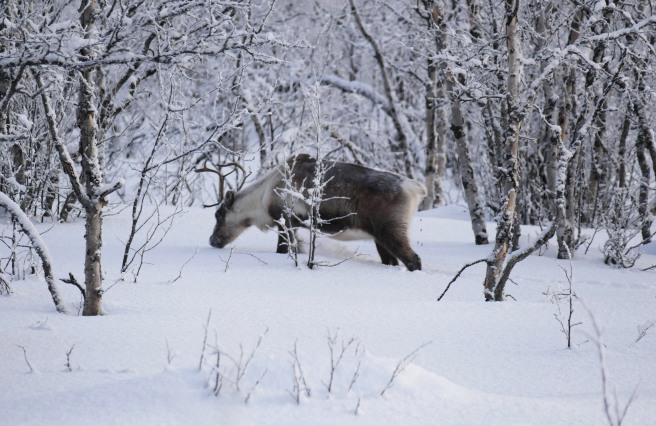 We were lucky to catch a glimpse of a female reindeer walking in the snow with her calf, which is pretty rare according to Sam. She was not afraid of us and completely unaware of the magical moment she provided. We quickly started ascending towards higher grounds and eventually reached a vast flat bit of land with no trees, nothing for miles, it was so calm and serene. We stopped to view the last moments of the sunset and Sam explained we were in the middle of a frozen lake. We dug through the thin layer of snow and marveled at the thick opaque ice that lay underneath us. The colored sky against the absolute whiteness that surrounded us was like nothing I’ve ever seen and is honestly very hard to describe. In the extreme weather, dressed like we were, we felt like astronauts discovering a whole new planet.
We were lucky to catch a glimpse of a female reindeer walking in the snow with her calf, which is pretty rare according to Sam. She was not afraid of us and completely unaware of the magical moment she provided. We quickly started ascending towards higher grounds and eventually reached a vast flat bit of land with no trees, nothing for miles, it was so calm and serene. We stopped to view the last moments of the sunset and Sam explained we were in the middle of a frozen lake. We dug through the thin layer of snow and marveled at the thick opaque ice that lay underneath us. The colored sky against the absolute whiteness that surrounded us was like nothing I’ve ever seen and is honestly very hard to describe. In the extreme weather, dressed like we were, we felt like astronauts discovering a whole new planet.
Friends and Foes
We were driving back towards base to pick up the dogs and that’s when things started going awry… First, we had quite a scare when Sam stopped to check our faces and we realized Adrien’s cheeks and nose were completely lifeless. They had frozen so badly that his skin was discolored in big white patches. Adrien was disappointed I didn’t take a picture (boys will be boys), but I was too busy trying to rub his face back to life. Frostbite and blisters are a dangerous possibility in extreme temperatures, they are not to be shrugged off. They are vicious problems to have because they creep up on you and numb you, so you don’t even feel there’s anything wrong with you. We later found out Adrien’s fingers fell victims to the frost and he got horrible blisters from it. Nice little disgusting things for show and tell, just like he wanted.
 We arrived at the kennels at dark and the dogs seemed very excited to go out on a run. While they were assembling my team, I noticed that one dog, appropriately named Zulu, was very wild and trying to pick fights with all the other dogs. He was also much larger than all his companions and I am inclined to believe he had some wolf in him, by the size of his paws. I asked Sam “are you sure about that dog? is he ok?” and he replied “yeah he’s a sweetheart this one“, just as Zulu snapped at my hand with a fierce growl. Oh boy. I climbed onto the sled that was tied to a tree on a small slope. Zulu was tugging and howling like mad. Sam said “ok, I am going to untie the sled, stand on the breaks and when you are ready to go, just remove your feet to the sides“. Now sure, that was all great advice, except that Zulu had decided otherwise: even with all my weight on the breaks I had no control over them, he and the other dogs pulled the sled so hard that midway down the slope the breaks caught on a rock and I was flung headfirst into the snow, while the dogs continued into the darkness. When I came to my senses, the “I told you so” was severely burning my lips and I fought back tears of frustration. Crying by -40 is not encouraged.
We arrived at the kennels at dark and the dogs seemed very excited to go out on a run. While they were assembling my team, I noticed that one dog, appropriately named Zulu, was very wild and trying to pick fights with all the other dogs. He was also much larger than all his companions and I am inclined to believe he had some wolf in him, by the size of his paws. I asked Sam “are you sure about that dog? is he ok?” and he replied “yeah he’s a sweetheart this one“, just as Zulu snapped at my hand with a fierce growl. Oh boy. I climbed onto the sled that was tied to a tree on a small slope. Zulu was tugging and howling like mad. Sam said “ok, I am going to untie the sled, stand on the breaks and when you are ready to go, just remove your feet to the sides“. Now sure, that was all great advice, except that Zulu had decided otherwise: even with all my weight on the breaks I had no control over them, he and the other dogs pulled the sled so hard that midway down the slope the breaks caught on a rock and I was flung headfirst into the snow, while the dogs continued into the darkness. When I came to my senses, the “I told you so” was severely burning my lips and I fought back tears of frustration. Crying by -40 is not encouraged.
 They quickly reassembled a new team for me, with much nicer dogs, and, though I was scared now, I knew that if I didn’t get right back on that sled I would probably just give up. My courage was not in vain, we scurried through the forest, lit only by my headlamp and lo and behold, we were transported straight to fairyland. I have never seen anything like it: absolutely everything in sight was covered in frost and glittered with a thousand twinkling elvish lights. It was so majestic and surreal, I forgot how cold it was and just kept on and on, completely awestruck. And that’s when it happened. Suddenly, I felt a sharp pain in my brain and my eyesight was leaving me, I thought I was going to faint. We barely made it to the lavvu tent, where I slowly came back to my senses with a cup of tea by the fire. What happened is that my metal headlamp got so cold against my skin that it froze my brain. It was a very scary feeling. Luckily the lavvu, a traditional Sami tent coated with reindeer skins, was surprisingly cosy and warm even by -40 outside. I can still smell the smoked reindeer leather on my hat and scarf and it instantly takes me back like a magic.
They quickly reassembled a new team for me, with much nicer dogs, and, though I was scared now, I knew that if I didn’t get right back on that sled I would probably just give up. My courage was not in vain, we scurried through the forest, lit only by my headlamp and lo and behold, we were transported straight to fairyland. I have never seen anything like it: absolutely everything in sight was covered in frost and glittered with a thousand twinkling elvish lights. It was so majestic and surreal, I forgot how cold it was and just kept on and on, completely awestruck. And that’s when it happened. Suddenly, I felt a sharp pain in my brain and my eyesight was leaving me, I thought I was going to faint. We barely made it to the lavvu tent, where I slowly came back to my senses with a cup of tea by the fire. What happened is that my metal headlamp got so cold against my skin that it froze my brain. It was a very scary feeling. Luckily the lavvu, a traditional Sami tent coated with reindeer skins, was surprisingly cosy and warm even by -40 outside. I can still smell the smoked reindeer leather on my hat and scarf and it instantly takes me back like a magic.
 It was the last day and we had not seen the northern lights. In my heart, I had secretly given up on them so as not to be too disappointed… but as we came out of the lavvu there was a faint glow in the sky, like a big flattened arch. Very faint, almost invisible, but it was there! We had seen the northern lights. Trying to be content with that, we drove back to base on our snowmobiles, tired and sort of relieved that it was all over. We were crossing a big white field when my snowmobile got out of control -I couldn’t turn anymore- and I violently drove it off track where it got buried under a big pile of snow. We all had to stop to dig it out and that’s when the most wonderful thing happened: we realized that behind us this entire time were the most epic northern lights in all their splendor. Good thing I am such a klutz.
It was the last day and we had not seen the northern lights. In my heart, I had secretly given up on them so as not to be too disappointed… but as we came out of the lavvu there was a faint glow in the sky, like a big flattened arch. Very faint, almost invisible, but it was there! We had seen the northern lights. Trying to be content with that, we drove back to base on our snowmobiles, tired and sort of relieved that it was all over. We were crossing a big white field when my snowmobile got out of control -I couldn’t turn anymore- and I violently drove it off track where it got buried under a big pile of snow. We all had to stop to dig it out and that’s when the most wonderful thing happened: we realized that behind us this entire time were the most epic northern lights in all their splendor. Good thing I am such a klutz.
 I am surely not going to attempt a description of the northern lights. It’s true what they say, it’s incredible and you have to see it with your own eyes, at least once in your life. We were ecstatic, dancing and rolling around in the snow, yawping like simpletons, singing whatever came to mind. A moment of pure euphoria. Never in my wildest dreams could I have imagined anything like what I saw. We stayed out under the lights as long as we could without being turned into ice. That evening we were invited to dine with the mushers, a great honor as we were the only outsiders, but I couldn’t focus, my head was full of northern lights, I even introduced myself as Adrien. But it didn’t matter, nothing did besides the intense happiness I was feeling.
I am surely not going to attempt a description of the northern lights. It’s true what they say, it’s incredible and you have to see it with your own eyes, at least once in your life. We were ecstatic, dancing and rolling around in the snow, yawping like simpletons, singing whatever came to mind. A moment of pure euphoria. Never in my wildest dreams could I have imagined anything like what I saw. We stayed out under the lights as long as we could without being turned into ice. That evening we were invited to dine with the mushers, a great honor as we were the only outsiders, but I couldn’t focus, my head was full of northern lights, I even introduced myself as Adrien. But it didn’t matter, nothing did besides the intense happiness I was feeling.
You can never come back
That night during dinner there was nothing but rosy cheeks and laughter. A perfect ending to a great adventure. Being surrounded by all these brave men and women from different countries and continents, all united by a passion for frozen wilderness, made me feel warm and special. I was an insider now. Part of me is still stuck behind in the smokiness of that lavvu tent. Yes, you see, that’s the problem. You can never come back. Once you’ve seen such beauty where do you go from there? Home? This journey was so fabulous, so unexpected and so epic that I feel like the returning heroes of medieval poetry: in between worlds. Not quite here nor there. Just suspended in haunting sensations and forever changed. Coming back from traveling is always a little difficult, but the readaptation in this case is very different and honestly quite brutal. I’m not there yet. Oh, of course, the feeling will eventually settle -doesn’t everything?- but I know I will never wash the smoke smell from that scarf and I will keep sniffing it when no one is watching. I will keep conjuring the green light and sparkling snow like a revered prayer when I close my eyes at night.
What to wear in extreme temperatures
- Forget about cotton, it will actually keep you cold and wet, which is the last thing you want. You should favor wool or synthetic materials like polar fleece.
- You must use the onion method and add lots of layers, but keep them rather loose. Tight clothing is not recommended.
- The most important piece of clothing is the under-layer. You need two-piece long johns made out of 100% wool, merino wool being the best. It’s pretty expensive, but trust me, you need it.
- Hands and feet are the first candidates for frostbite. Wear two layers of socks (I had my first layer 100% wool and my second 70% wool) and two layers of gloves (one thin 100% wool glove and one specialized mitten for extreme cold).
- Get some good snow shoes like Sorel for example. Get them at least one size too big to leave room for the think socks and movement: you will be wiggling your toes to keep them warm.
- You must also have a fur or wool hat (I had an old fox fur shapka that I wore over a polyester beanie) and a balaclava (mine was not made of wool and it kept getting frozen because of my breath, so try and buy one made of wool).
- Over the long johns, wear sweaters and waterproof pants, a wool scarf and the best parka you can find, preferably with real fur trim on the hood because it keeps much warmer. A coat stuffed with down is always recommended, though pricey.
- Leave your skinny jeans and converse at home, don’t be silly.



